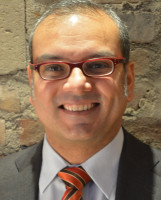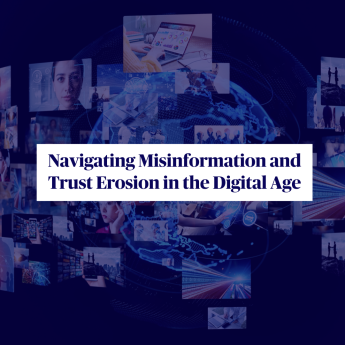Finance
AXA Awards
United States
Using New Technologies to Fill the Supply Chain Insurance-Reinsurance Gap Post Covid
First, the project will develop tools for machine learning-based market design in supply chain networks with reinsurance contracts. Reinsurance is insurance that protects insurers from large losses. Reinsurers insure primary insurers of the supply chain network and other reinsurers, forming a complex network. Poor design in these systems can lead to catastrophic losses. Understanding the risks of spiralling losses in their reinsurance is central to understanding the systemic risks posed by supply chains. If reinsurance losses spiral out of control because they are not properly shared, this ultimately leaves businesses and communities completely vulnerable to epidemics and catastrophes.
In addition to private insurance and reinsurance, a 'rainy day fund' at the level of large economic blocks should be envisioned to promote financial stability. A `rainy day fund' (or system insurance), which gathers emergency assets in good times and acts as a meaningful buffer against economic crises, is not feasible unless local governments have incentives to contribute into such a fund. Additionally, assets in the current financial system are susceptible to counterparty risk from a custodian (or otherwise central) organization. Under the second pillar, Dr. Minca and her team will study the design of system insurance, to which agents are incentivized to contribute, and the design of assets that are stable stores of value independent of systemic risks. These use new technologies in distributed systems that enable a solution to these problems.
For the third pillar, Dr. Minca will seek to expand the current blockchain capabilities for solving trust and reliability issues with real time data. The standard application of blockchain to real time data maintains data privacy while verifying that historical data doesn't change from one point in time to the next. A data provider on such a blockchain can provide a client with access to private data with a verification that the data is in its original form. However, this standard blockchain has a fundamental limitation: it cannot verify that the original form of the data is actually correct. To address this, the project will design new blockchain systems that can use the geographic nature of the maritime data to verify that the data provided is correct/consistent across various incomplete data providers.
The project has two ultimate research goals: to create frameworks to understand insurance-reinsurance markets, supply chain networks, and risks in computationally feasible ways; and to market design work to find robust and efficient ways to structure these systems.

Andreea
MINCA
Institution
Cornell University
Country
United States
Nationality
American
Related articles
Financial & Social Inclusion
Finance
Culture & Society
Joint Research Initiative
China
Understanding the Financial Lives of Low Income Households in China
Leveraging financial diaries research methodology, this joint initiative aims to provide actionable insights about the financial lives of low-income households... Read more

Xiugen
MO
Chinese Academy of Financial Inclusion
Finance
Joint Research Initiative
United States
Impact investing in emerging markets: shedding light on the benefits of patient capital
So why the focus on equities, rather than direct investments (which are, by nature, longer term investments)? To answer the... Read more

Satyajit
BOSE





